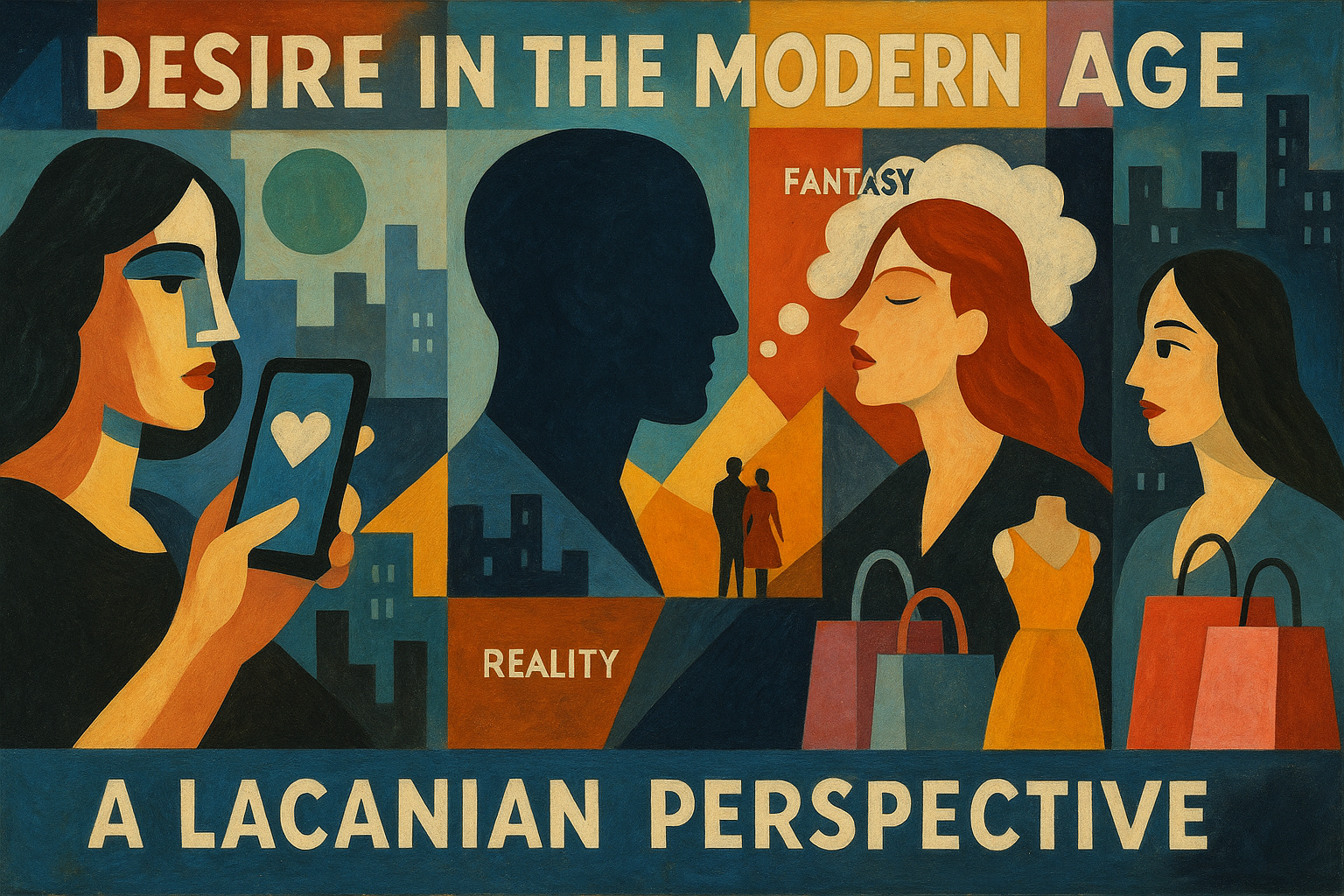Self-Destruction as Defiance: The Psychology of Rebellion
Introduction: The Paradox of Hurting Ourselves to Feel Free
Why do we sometimes act against our own best interests—sabotaging relationships, gambling away savings, or pushing away those who love us? From the outside, self-destruction looks irrational. Yet, as Dostoyevsky reveals in The Gambler, these acts often carry a hidden logic of rebellion.
Self-destruction can serve as a desperate way to reclaim agency when one feels powerless. When control, recognition, or love seem out of reach, destroying something—ourselves, our reputations, or our futures—can feel like proof that we still possess free will. In Dostoyevsky’s world, defiance is not simply a refusal of authority—it’s the assertion of a self that refuses to be contained.
Dostoyevsky’s Insight: The Defiant Ego
In The Gambler, Alexei Ivanovich ruins himself through obsession and risk. He knows he’s spiraling toward collapse but keeps going, because in destruction he finds a fleeting sense of power. Dostoyevsky saw self-destruction as the ultimate assertion of freedom: a human cry against reason, determinism, and societal restraint.
The Paradox of Autonomy
This paradox lies at the heart of many modern struggles: the need to prove autonomy. When we feel trapped—by expectations, authority, or love—our own suffering becomes a declaration: “I choose this. I am not under anyone’s control.” Losing control becomes its own twisted form of mastery.
In many ways, breaking our own rules feels like the last authentic act left—a way to feel alive amid a culture of compliance.
Self-Destruction as a Way to Embody the Hidden Self
For some, self-destruction is not just rebellion—it’s transformation. Beneath the chaos lies a yearning to express an emotional truth that polite society or internal shame forbids.
Theatrical Defiance and Hidden Selves
-
Addiction may momentarily access a reckless, unrestrained confidence.
-
Cheating or betrayal may express a bold, unapologetic self long buried beneath duty.
-
Rage or impulsivity may speak for a voice silenced by fear or perfectionism.
In this sense, self-destruction becomes theatrical—a way of saying: “See me. See the version of me I was never allowed to be.”
These moments can feel freeing or even ecstatic—until the shame returns. The defiance isn’t only against others; it’s against the cage of one’s own identity.
Modern Rebellion: Self-Destruction in a Hyper-Controlled World
In today’s hyper-regulated age, self-destruction can feel like the last frontier of freedom. Social media curates every move. Work demands endless optimization. Relationships require emotional precision. Within this structure, impulsive acts—rage, betrayal, or reckless risk—carry a coded message:
“I will not be perfected.”
Like Dostoyevsky’s Russia, our culture prizes order and restraint. Destruction becomes a distorted form of self-creation—a cry for authenticity in an age of control.
Understanding the Roots: What Destruction Tries to Say
Anger as a Protest
Anger, when turned outward, often speaks for self-worth that’s been silenced. It’s the body’s way of saying, “I will not disappear quietly.”
Addiction and the Gambler’s Paradox
Addiction mirrors the gambler’s pursuit of freedom through surrender—numbing pain to escape the contradiction of being both seen and unseen.
Betrayal and the Search for Aliveness
Cheating, betrayal, or impulsive risk often reveal a longing to feel alive—to break free from emotional imprisonment or identity fatigue. These acts express a self craving authenticity over safety.
Reframing Self-Destruction in Therapy
In therapy, self-destructive expressions are not condemned—they’re decoded.
Processing the Language of Defiance
What if anger, risk, or impulsivity isn’t a failure of character but a language of resistance? When clients recognize that their self-destructive impulses once served a protective or creative role, they can redirect that energy toward self-definition instead of harm.
Integration Over Suppression
Instead of erasing the hidden personality that surfaces in chaos, therapy invites its integration—to let the daring, passionate, or unapologetic self coexist safely within one’s conscious life.
Through awareness, rebellion transforms into reflection. The self no longer needs to destroy to be seen. Healing begins by confronting internalized systems—shame, family roles, cultural perfectionism—that once demanded suppression.
Conclusion: The Freedom in Facing Ourselves
Dostoyevsky teaches that defiance and self-destruction share a root: the longing to feel alive in a world that demands conformity. Beneath the impulse to destroy often lies the wish to express—the wild, hidden self that was never allowed to exist.
Healing does not silence the defiant self; it brings it into dialogue. Therapy transforms rebellion into authenticity—and destruction into creation.
If you recognize these patterns in yourself or someone you love—anger, addiction, betrayal, emotional volatility—our therapists can help uncover what these impulses are trying to say.
Reach out today for a free consultation to begin transforming self-destruction into self-expression, and defiance into healing.

